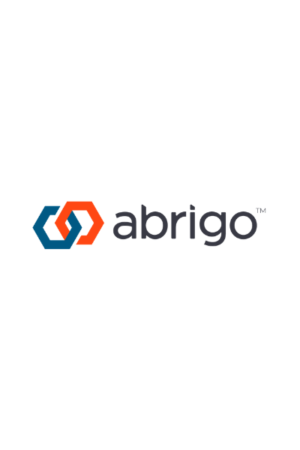Many banks are hyper-focused on risks they face related to external forces, such as rising interest rates. But an internal area of risk they can’t afford to overlook is risk posed by various models used for developing estimates and making decisions.
While models can be valuable management tools, the models themselves can pose risk if their output incorrectly informs financial institution decisions. Regulators have noted such risks can involve financial losses, poor business and strategic decision-making, or damage to a bank’s reputation.
During a recent Abrigo webinar, about two-thirds of participants said their financial institutions had a model risk management process in place, as well as an inventory of models. About 30% did not have these but were planning on them in the next two years, and the remaining attendees did not and weren’t planning to implement these.
Model validation is a crucial aspect of model risk management. The OCC handbook describes a model as “a quantitative method, system, or approach that applies statistical, economic, financial, or mathematical theories, techniques, and assumptions to process input data into quantitative estimates.”






